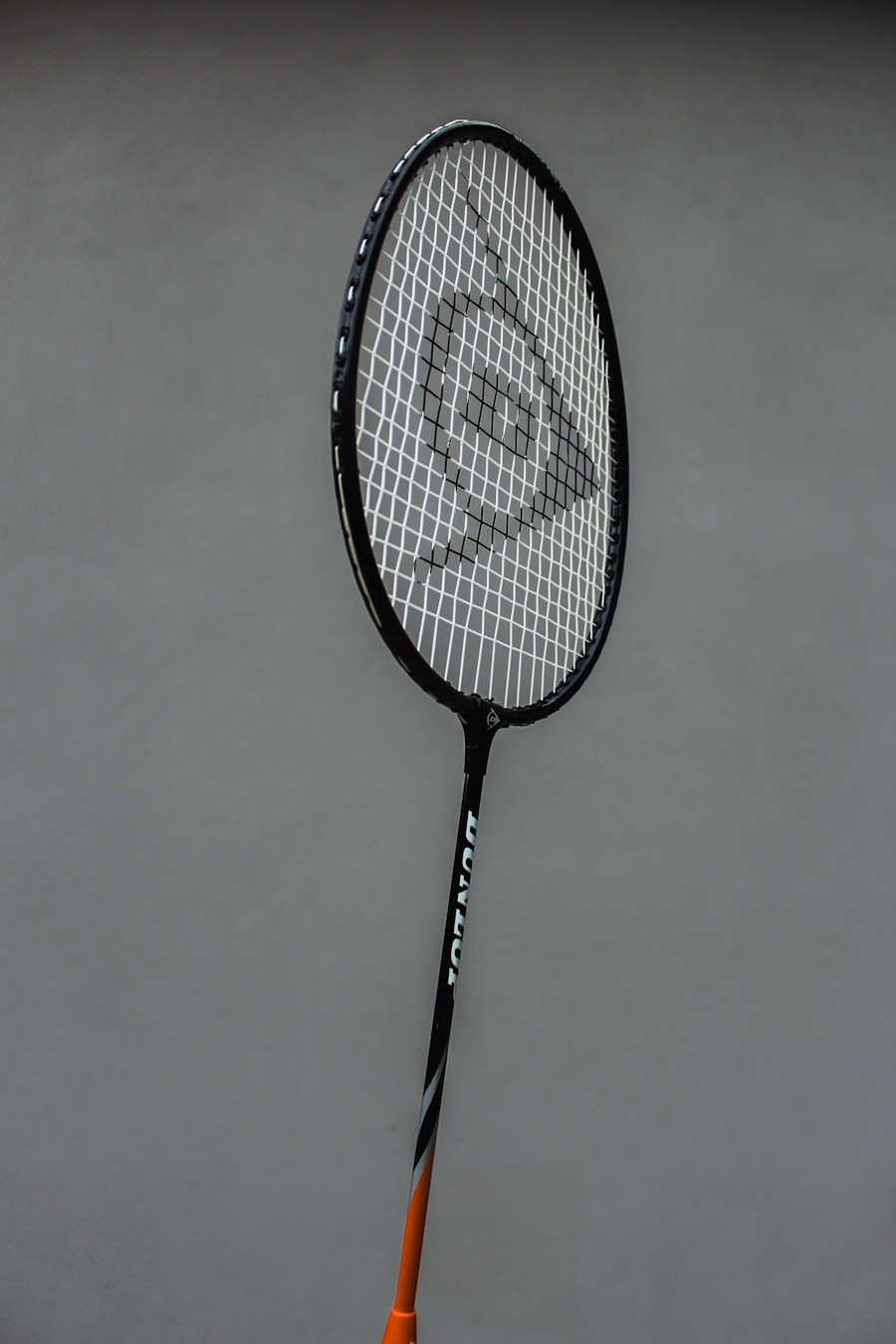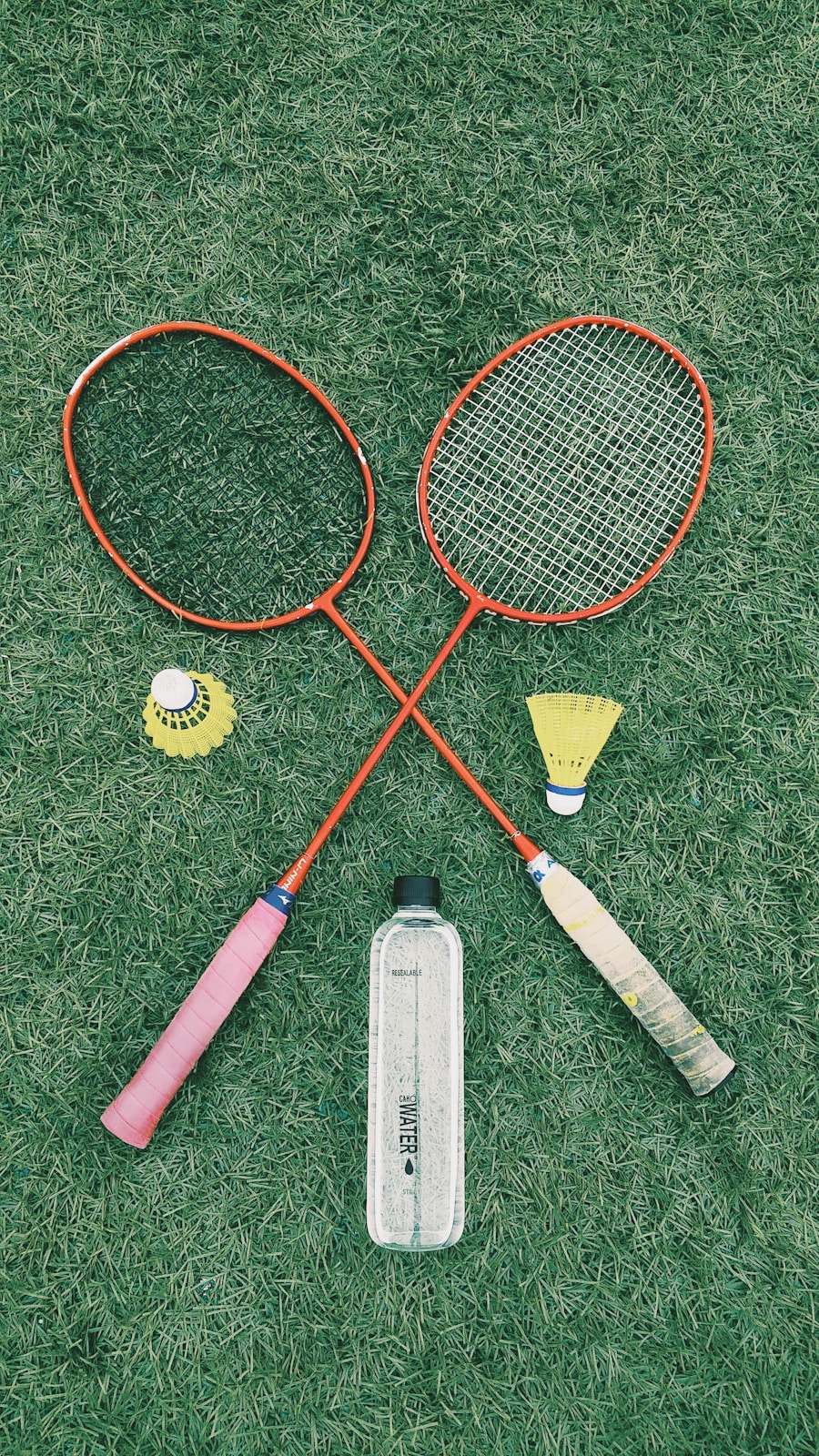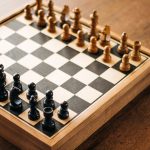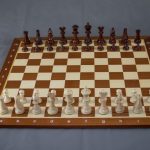Download links
How to install Mastering the Art of Badminton: Techniques and Strategies APK?
1. Tap the downloaded Mastering the Art of Badminton: Techniques and Strategies APK file.
2. Touch install.
3. Follow the steps on the screen.
Description
Badminton is a sport that combines agility, precision, and strategy, played on a rectangular court divided by a net. The dimensions of a standard badminton court vary slightly depending on whether the game is played in singles or doubles format. For singles, the court measures 13.4 meters long and 5.18 meters wide, while for doubles, the width expands to 6.1 meters.
The net, which stands at a height of 1.
Understanding these dimensions is crucial for players as it influences their positioning and shot selection during play. The equipment used in badminton is equally important to grasp.
The shuttlecock, often referred to simply as the “shuttle,” is a feathered projectile that players hit back and forth over the net. It is designed to be aerodynamically stable, allowing it to travel quickly and with precision. The most common type of shuttlecock used in competitive play is made from 16 feathers attached to a cork base, although synthetic options are available for recreational play.
Players also utilize rackets that vary in weight, balance, and string tension, all of which can significantly affect performance. A well-chosen racket can enhance a player’s ability to execute powerful smashes or delicate drops, making it essential for players to select equipment that complements their playing style.
Key Takeaways
- Badminton court and equipment: Understand the dimensions of the court and the basic equipment needed to play the game.
- Essential techniques: Master serving, clearing, and smashing to improve your overall game.
- Footwork and movement: Focus on developing strong footwork and movement to cover the court effectively.
- Singles and doubles strategies: Learn about positioning and communication to excel in both singles and doubles play.
- Mental toughness and focus: Improve your mental game to stay focused and tough during matches.
Mastering the Essential Techniques: Serving, Clearing, and Smashing
Mastering Different Types of Serves
The high serve is typically used in singles play to push the opponent to the back of the court, while the low serve is more common in doubles, aiming to keep the shuttlecock close to the net and catch opponents off guard. Mastering these serves requires not only technical skill but also an understanding of the opponent’s weaknesses and court positioning.
The Art of Clearing
Clearing is another fundamental technique that players must master. This shot involves hitting the shuttlecock high and deep into the opponent’s court, allowing players time to reposition themselves. A well-executed clear can force an opponent into a defensive position, creating opportunities for offensive plays. There are two primary types of clears: forehand and backhand. The forehand clear is generally easier for players to execute with power and accuracy, while the backhand clear requires more finesse and practice.
The Power of the Smash
The smash is perhaps the most exciting shot in badminton, characterized by its speed and power. It involves hitting the shuttlecock downwards at a steep angle, making it difficult for opponents to return. To execute an effective smash, players must combine timing, strength, and technique. The approach typically involves jumping or lunging into position before striking the shuttlecock at its highest point. A powerful smash can not only win points but also demoralize opponents by showcasing a player’s skill level. Practicing this technique regularly can lead to significant improvements in a player’s overall game.
Developing Strong Footwork and Movement on the Court

Footwork is often considered one of the most critical aspects of badminton, as it directly influences a player’s ability to reach the shuttlecock effectively and execute shots with precision. Good footwork allows players to maintain balance while moving quickly around the court, enabling them to respond to their opponent’s shots efficiently. The foundation of effective footwork lies in understanding basic movements such as lunges, side steps, and quick pivots.
Players should practice these movements regularly to develop muscle memory and improve their overall agility. One effective method for enhancing footwork is through shadow badminton drills, where players simulate movements without hitting a shuttlecock. This practice helps players focus on their foot placement and body positioning while developing speed and coordination.
Additionally, incorporating agility drills such as ladder exercises or cone drills can further enhance foot speed and reaction time. By improving footwork, players can position themselves optimally for each shot, increasing their chances of executing successful plays during matches. Moreover, understanding court positioning is essential for effective movement.
Players should be aware of their optimal positions based on their opponent’s location on the court. For instance, when an opponent is at the back of the court, a player should position themselves slightly forward to prepare for potential clears or smashes. Conversely, if an opponent is near the net, players should adopt a more defensive stance to counter any drop shots or net plays.
Developing this awareness not only enhances individual performance but also contributes to better teamwork in doubles play.
Strategies for Singles and Doubles Play: Positioning and Communication
| Strategy | Metrics |
|---|---|
| Positioning | Percentage of successful net approaches |
| Positioning | Number of effective lobs and drop shots |
| Communication | Percentage of successful cross-court shots |
| Communication | Number of successful poach attempts |
The strategies employed in singles play differ significantly from those used in doubles matches due to the number of players involved and the dynamics of court coverage. In singles, players often rely on their ability to control the pace of the game through shot selection and placement.
Players must also be adept at varying their shot speeds and angles to keep opponents guessing. In doubles play, communication becomes paramount as partners must work together seamlessly to cover the court effectively. One common strategy involves adopting specific formations—such as side-by-side or front-and-back positioning—depending on the situation during rallies.
The front-and-back formation allows one player to take control of net play while the other covers deep shots, whereas side-by-side positioning enables both players to respond quickly to lateral movements across the court. Effective communication between partners ensures that both players are aware of each other’s intentions and can adjust their positioning accordingly. Moreover, anticipating opponents’ movements is crucial in both singles and doubles play.
Players should develop an understanding of their opponents’ tendencies—such as preferred shots or movement patterns—to predict their next moves accurately. This anticipation allows players to position themselves strategically and respond effectively during rallies. In doubles matches, this anticipation extends to understanding how partners will react in various situations, fostering a sense of trust that enhances overall performance.
Improving Mental Toughness and Focus during Matches
Mental toughness is an often-overlooked aspect of badminton that can significantly impact performance during matches. The ability to maintain focus under pressure is essential for success in competitive play. Players frequently encounter challenging situations—such as trailing in points or facing strong opponents—that test their mental resilience.
Developing mental toughness involves cultivating a positive mindset and employing techniques such as visualization and mindfulness. Visualization techniques can help players mentally rehearse their performance before matches, allowing them to envision successful shots and strategies. This practice not only boosts confidence but also prepares players for various scenarios they may encounter during gameplay.
Additionally, mindfulness exercises—such as deep breathing or meditation—can help players stay present during matches, reducing anxiety and enhancing concentration. Another critical component of mental toughness is learning how to manage emotions during competition. Players must develop strategies for coping with frustration or disappointment when things do not go as planned on the court.
This might involve taking a moment between points to reset mentally or employing positive self-talk to reinforce confidence. By mastering emotional regulation techniques, players can maintain composure even in high-pressure situations, ultimately leading to improved performance.
Training and Conditioning for Peak Performance in Badminton

To excel in badminton, players must engage in comprehensive training that encompasses both skill development and physical conditioning. A well-rounded training regimen should include strength training, cardiovascular conditioning, flexibility exercises, and sport-specific drills tailored to enhance badminton skills. Strength training is particularly important for developing explosive power needed for smashes and quick movements around the court.
Incorporating plyometric exercises—such as box jumps or medicine ball throws—can improve explosive strength and agility essential for badminton performance. Additionally, cardiovascular conditioning through activities like running or cycling helps build endurance, allowing players to sustain high levels of performance throughout matches without succumbing to fatigue. Flexibility training should not be overlooked either; it plays a vital role in injury prevention and overall athletic performance.
Stretching routines focusing on major muscle groups used in badminton—such as legs, shoulders, and back—can enhance range of motion and reduce muscle tightness. Finally, sport-specific drills should be integrated into training sessions regularly. These drills can include practicing serves, clears, smashes, and footwork patterns under game-like conditions to simulate match scenarios effectively.
By combining these elements into a cohesive training plan, players can optimize their physical conditioning while honing their skills on the court, ultimately leading them toward peak performance in badminton competitions.
If you’re interested in learning more about the rules and regulations surrounding badminton, you may want to check out this privacy policy article on Taya777. Understanding the privacy policies of badminton organizations can provide insight into how they handle personal information and data. It’s important to stay informed about these policies to ensure your information is protected while participating in the sport.
FAQs
What is badminton?
Badminton is a racquet sport played by either two opposing players (singles) or two opposing pairs (doubles), who take positions on opposite halves of a rectangular court divided by a net.
What equipment is used in badminton?
The primary equipment used in badminton includes a shuttlecock (also known as a birdie), badminton racquets, and a net. Players also typically wear appropriate athletic clothing and non-marking shoes.
What are the basic rules of badminton?
The basic rules of badminton include serving diagonally, scoring points by landing the shuttlecock within the opponent’s court, and winning a match by winning two out of three games.
What are the health benefits of playing badminton?
Playing badminton can provide numerous health benefits, including improved cardiovascular fitness, agility, coordination, and flexibility. It also helps in burning calories and can be a great way to stay active and fit.
What are the different types of badminton shots?
Some of the different types of badminton shots include the clear, drop shot, smash, drive, and net shot. Each shot has its own specific technique and purpose in the game.
What are the different types of badminton tournaments?
There are various types of badminton tournaments, including local, national, and international competitions. The most prestigious international tournaments include the All England Open, BWF World Championships, and the Olympic Games.





